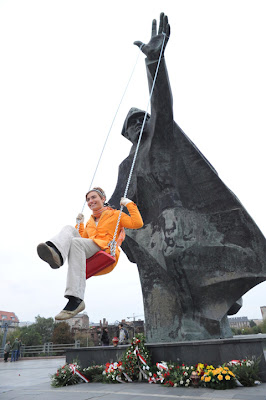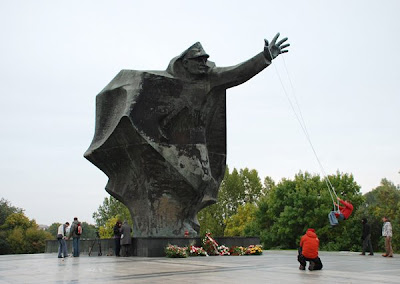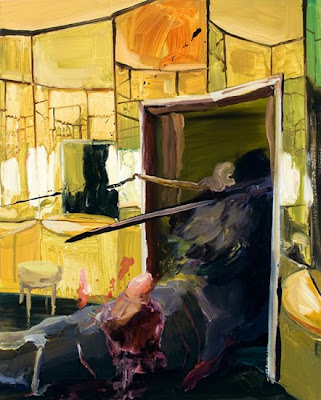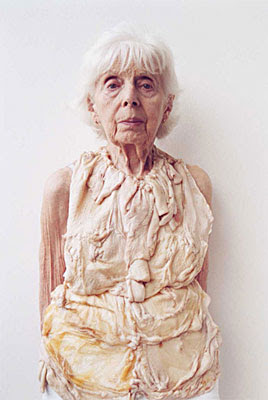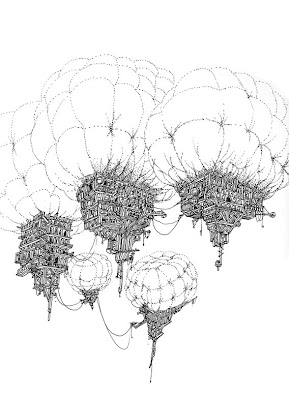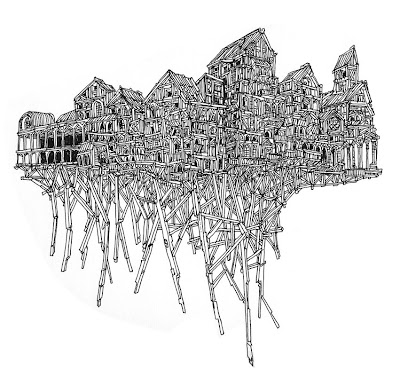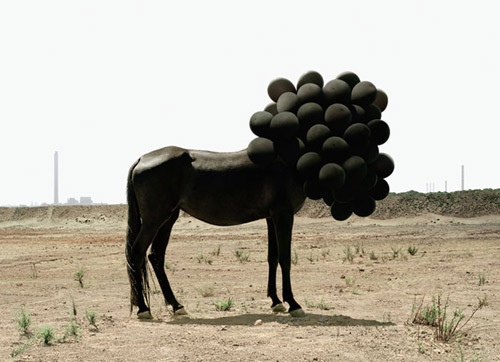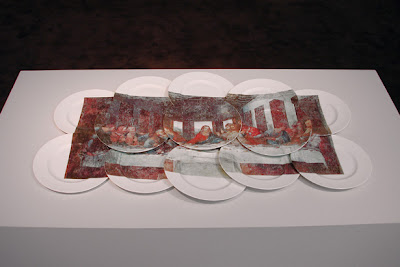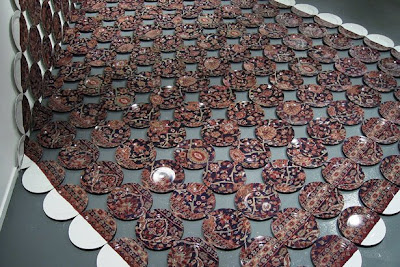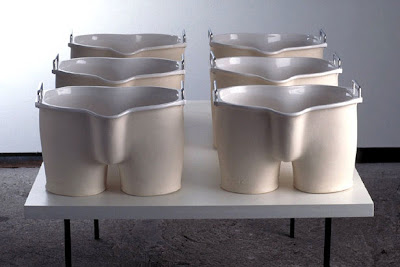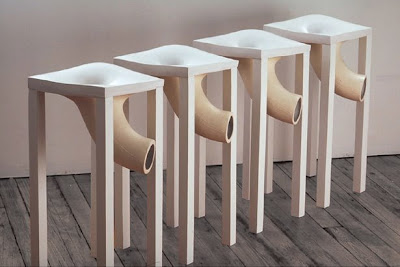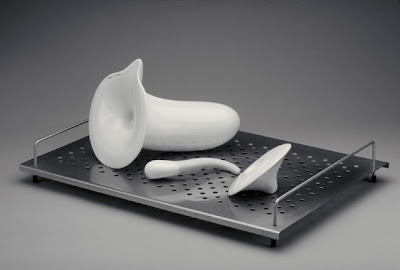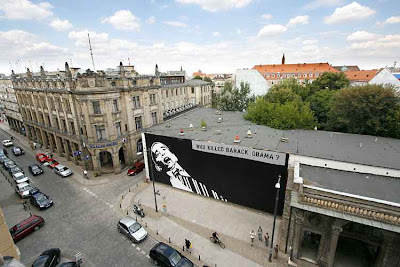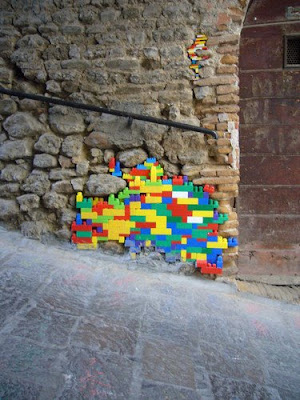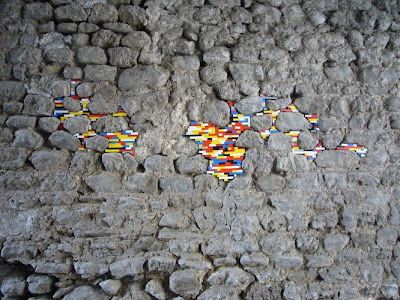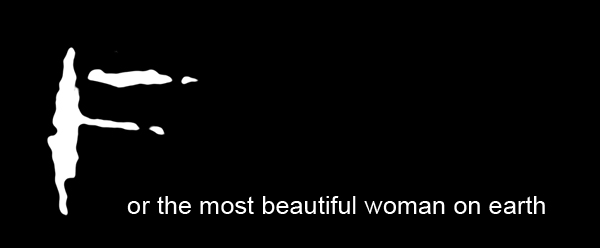I decided not to post it on New Art. So as not to encourage something I find incorrect, or rather - wrong.
After a while I came back to see it, and watched the whole thing again. And I thought: who am I to judge this? After all, didn't I watch it with curiosity, and watch the whole thing, twice? Why can't I show what's disturbing me, bringing it forward to this public forum, so everyone can make her own mind?
But first, let me warn you: in my opinion, animals were being hurt in the making of this work. If you want to be absolutely sure you don't participate in any way in the popularity of this work, do not see the film below.
I would not resist if I were you. Maybe I would do it for the sake of something (it's a scary skill, thinking up good reasons). But I would be there, peeking in. Maybe not until the end. But then, it doesn't matter, does it? Does it?
The question of the onlooker, his power and his role in the process of creation, might often be used in contemporary art - but very seldom is it addressed in-depth. What is our responsibility? Can shutting our eyes be a good way of "appreciating" and yet disliking the work? Can I refuse something without knowing what it is? What do we know about the work we see above? About the conditions of its creation? Should I even be posting this without that knowledge?
See this strange video, also directed by Körner (Koerner) Union. (Be patient.)
Now, the astonishing part with the hen makes me question my own assumptions. Was my judgement too simplistic, also in the other case? Maybe this is just a short moment, or maybe it's all a trick, maybe the birds are not bumping against the mirror, shocking against it violently, thinking there is space where a solid mirror remains? Maybe it was all digitally manipulated or they were trained, or something? Or maybe I'm being hypersensitive?
Relax, now.
Here are a few untortured animals, in a wonderful picture by Isabella Rozendaal.

No, this is no antidote to these moral dilemmas. But it's an appeasement: the gentle distance. Rozendaal is someone who appreciates " the remarkable and humorous things she encounters in real life". And a way of approaching reality which plays with the idea of "amateur" photography, so we feel like this is almost too easy, and yet, remarkably appealing.


Yet, after all this, let's make a circle, and go back to Korner Union, with a video that somehow makes one think of the pictures above, with simple stories that are just slightly off (and a great song by Don Cavalli)...
But my favorite thing by Korner Union is quite minimalistic I suppose and maybe it's just this mood, tonight, with all the snow melted away, thawed and relaxed and, well, it's a page I found on their soon-to-be-active site. It also takes part in the game of hide-and-seek between the onlookers and the people-who-show-as-things-we-like. And it's simple.


